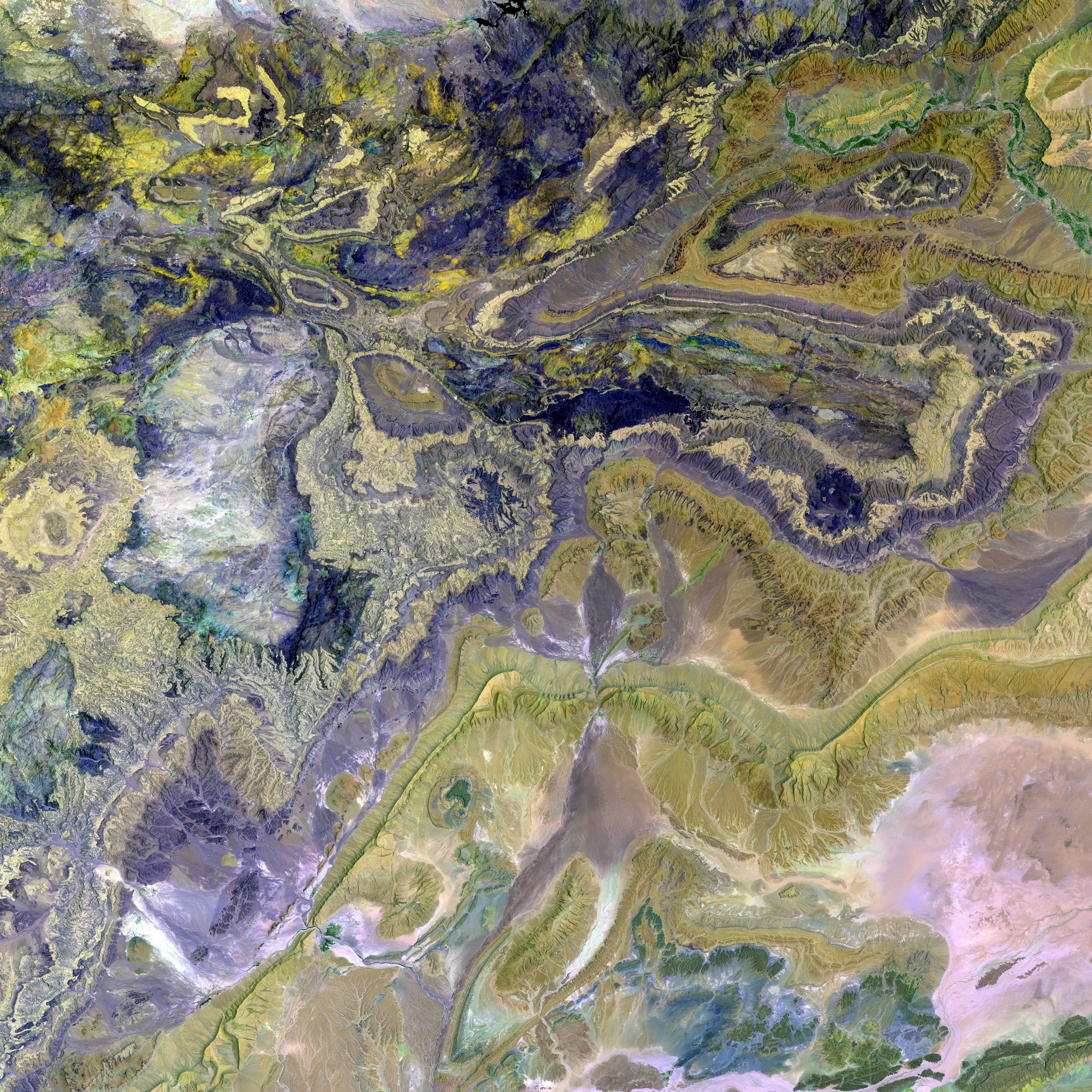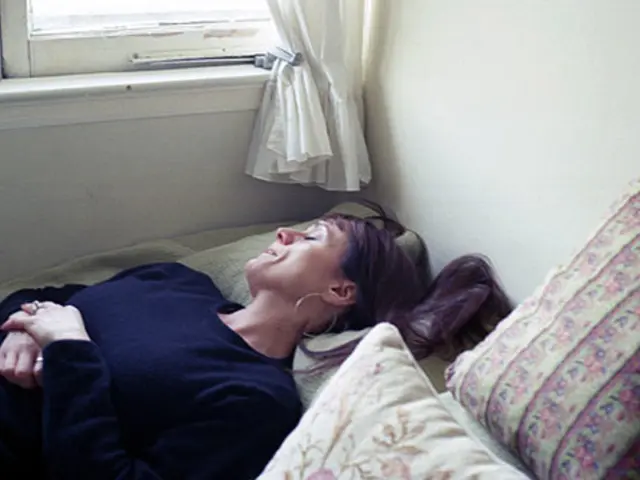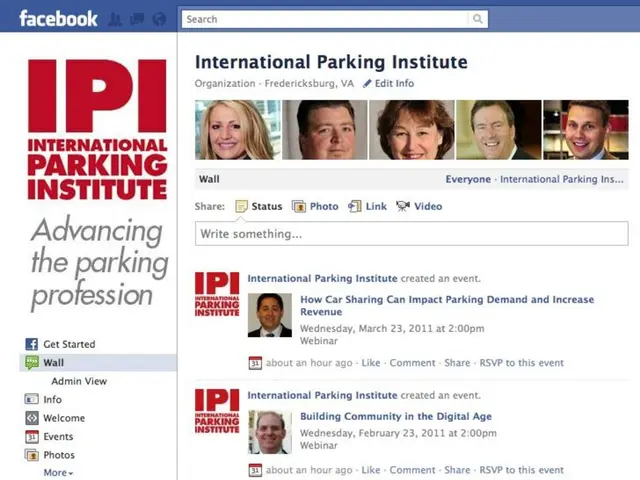Exploring Anti-Aging Facial Massage: Its Advantages, Necessary Equipment, and Implementation Techniques
Supporters of anti-aging face massage argue that it temporarily enhances skin texture or provides lasting changes in appearance.
A few studies have explored facial massage techniques, suggesting that it could potentially boost blood flow, or subjectively enhance skin appearance.
Nonetheless, research on this topic has substantial drawbacks, such as a small participant pool and lack of long-term tracking. Therefore, there isn't solid scientific evidence suggesting that facial massage significantly alters the noticeable indications of aging on the skin.
Delve deeper into the realm of anti-aging face massage, looking at different types and techniques.
Does face massage reduce aging signs?
Some facial massage practitioners claim that massage may aid in reducing aging signs, either temporarily or with consistent treatments. While there's some evidence to back this up, it's generally weak.
For instance, a 2018 study analyzed the impact of massage rollers on the skin over five weeks. Researchers massaged the right cheek of 12 study participants. By the end of five weeks, there was increased vasodilation — a sign of improved blood flow — only in the right cheek.
This might imply that massage enhances circulation. In theory, it could encourage nutrient delivery to the skin, improve skin fullness, or boost skin healing. However, the study's sample size was small, so further research is needed to confirm this.
Another study suggested that facial massage might give the appearance of cheek lifting. Using CT scans of a deceased person and six volunteers, researchers concluded that massage could enhance facial mobility, potentially making the skin appear younger or more lifted.
A similar study conducted by the same authors used CT scanning on five volunteers who massaged their cheeks for two weeks. Researchers found that massage thinned the skin, lifted the skin, and subjectively improved the skin's appearance. Again, the sample size was small.
A lab study using skin samples found that skin massage increased the expression of decorin, fibrillin, tropoelastin, and procollagen-1 in the skin. These substances contribute to skin structure and elasticity.
In the same study, researchers also tested an anti-aging cream along with massage on the skin of 20 white women aged 65-75. They also tested the cream alone on a similar group of 22 others.
After eight weeks, an evaluator who was unaware of the treatment each person received rated their skin on various aging and elasticity measures. The group that used the massage and cream had better results.
Types of facial massage
No single type of face massage has been proven to work better than others in reducing visible signs of aging. Various methods include:
- Swedish: This type uses gentle, long strokes to relax muscle tension.
- Shiatsu: Originating from Japan, this form of massage involves applying pressure to specific body points. People can also get this type of massage on the face.
- Gua sha: This method of facial massage involves using a flat crystal tool to massage the contours of the face. It stems from East Asian medicine.
- Lymphatic drainage: This type of massage moves lymph, a type of bodily fluid, beneath the skin. Some people use it to reduce puffiness.
Tools and equipment for facial massage
Only hands and a lotion or oil are essential tools for facial massage. Choosing oils that suit a person's skin type is advisable. For example, those concerned about acne can opt for noncomedogenic oils, such as jojoba oil, which are less likely to clog pores.
People can use their fingers, thumbs, the heel of their hands, or a tool to massage the face. Helpful tools include:
- Face rollers: These devices provide even, gentle pressure to the skin. They come in various sizes and materials, including metal, wood, glass, and crystal. Manufacturers may claim that certain types, like jade rollers, offer additional benefits, but there's no scientific evidence to support these claims.
- Heated massagers: Some companies manufacture face massagers that heat up. This may help ease aches and pains or provide relaxation.
- Chilled massagers: Cold massagers may contain a cooling liquid or require refrigeration. They offer a refreshing sensation and may temporarily tighten the skin.
- Vibrating massagers: Some face massagers also vibrate. Manufacturers claim this increases the intensity of the massage, but no studies have yet investigated this.
How to try facial massage
For beginners considering home facial massage, here are some steps to start:
- Squirt a nickel-sized quantity of oil onto your palms and heat it up by rubbing them together. Gradually distribute it over your face and neck using gentle, upward strokes. This technique is known as effleurage.
- Start at the neck and move your fingers lightly upwards from the collarbones towards the jaw, repeating this several times.
- Change direction to the sides of the chin and press softly yet firmly outwards and upwards, gliding over the jawbone towards the ears. Repeat this process numerous times.
- Continue this motion on each side of the nose, this time moving your fingers upwards and outwards over the cheekbones. Again, repeat several times.
- Place the tips of your fingers between your eyebrows and drag them outwards across the brow bone, again repeating this few times.
- Bring your fingers back to the brows but this time move vertically, sweeping them from the brows to the hairline.
Many individuals may opt to conclude their massage with effleurage. They can choose to let the oil seep in or remove it using a cleanser.
Potential hazards and side effects of facial massages
The potential risks of facial massages are generally minimal. Some individuals might experience the following:
- Skin sensitivity to cosmetic products: Combining facial massage with skincare products may lead to irritation, especially when using powerful substances like retinoids or chemical exfoliants.
- Skin irritation: Overzealous or intense massage could provoke the skin, resulting in microtears from excessive pressure or friction.
- Discomfort: Roughly massaging the skin may result in discomfort. Aggressive massage could also exacerbate inflamed or injured muscles.
Additional procedures
Several minimally invasive procedures that can enhance circulation and smooth the skin include:
- *Facial exercises and facial yoga:: Some proponents claim that these exercises contribute to maintaining skin firmness by working out the facial muscles. A 2018 article* suggested that exercises augment collagen and elastin production, however, research is limited on the effectiveness of facial yoga for enhancing appearances.
- *Microcurrent facials:*: These involve the application of small electrical currents to the skin and muscles using a handheld device. One can either use an at-home device or seek professional treatment.
- *High intensity focused ultrasound facial:*: This type of facial treatment utilizes ultrasound waves to generate heat in deeper layers of the skin. It damages skin cells, prompting the body to repair them.
- *Microneedling:*: This procedure entails using a roller with tiny needles, which punctures the skin, potentially stimulating collagen production.
Conclusion
Anti-aging facial massages may enhance circulation, momentarily plump the skin, and offer a relaxing experience. However, extensive scientific evidence establishing significant, long-term impacts on skin appearance is still lacking.
Individuals interested in anti-aging facial massages can opt for a non-comedogenic oil along with their hands to apply gentle pressure to the skin. Alternatively, various massage tools are also available.
Facial massages are unlikely to be harmful, painful, or result in side effects provided one avoids applying excessive pressure.
Despite the potential for facial massage to temporarily enhance skin appearance by increasing blood flow and subjectively improving skin texture, there isn't sufficient long-term scientific evidence to suggest it significantly alters the visible signs of aging. Some studies suggest that facial massage could potentially reduce wrinkles or give the appearance of cheek lifting, but these results are inconsistent and often based on small sample sizes.








